Landfill waste enters beaches and sea - scientists
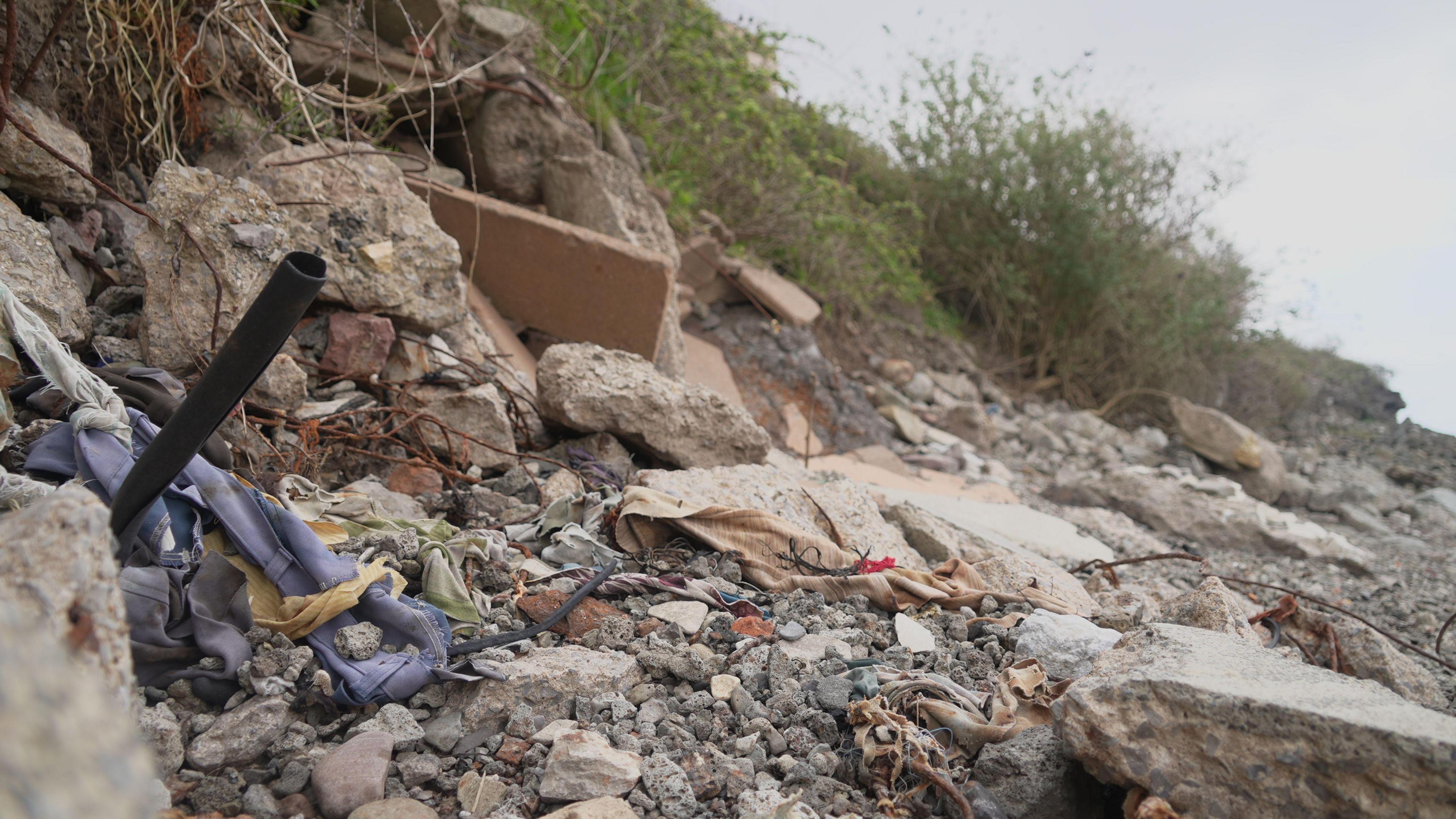
There are estimated to be more than 3,000 landfills along the Wales and England coasts
- Published
On the banks of the Dee Estuary, separating Wales and England, scientists are concerned about what at first glance appear to be ordinary sand dunes.
But, as environmental scientist Dr Alex Riley scratches carefully away at their surface, an “unnatural” grey powder begins to appear.
“You can see over the years this has oxidised and looks natural,” he explains.
“But it’s reading on the meter that it has the same pH as household bleach.”
Swimmers told to avoid sea after E.coli found
- Published8 August 2023
Warning river faces eco disaster due to pollution
- Published28 June 2023
Welsh Water downgraded over sewage pollution
- Published12 July 2023
The dog walkers and bird watchers who pass by the estuary either side of Flintshire and Merseyside appear unaware they are walking on chemical waste.
This site is one of hundreds of landfills that scientists fear are now leaking onto beaches and into the sea.
Thousands of rubbish dumps span the UK’s coastline, many containing materials that were buried long before records needed to be kept.
According to Dr Riley, it is only in the past few years that scientists have started to record where they are and what might be in them.
In Wales alone, a recent report, external found there were more than 260 coastal landfill sites currently at risk of leaking into the marine environment, as a result of coastal erosion, flooding and climate change.
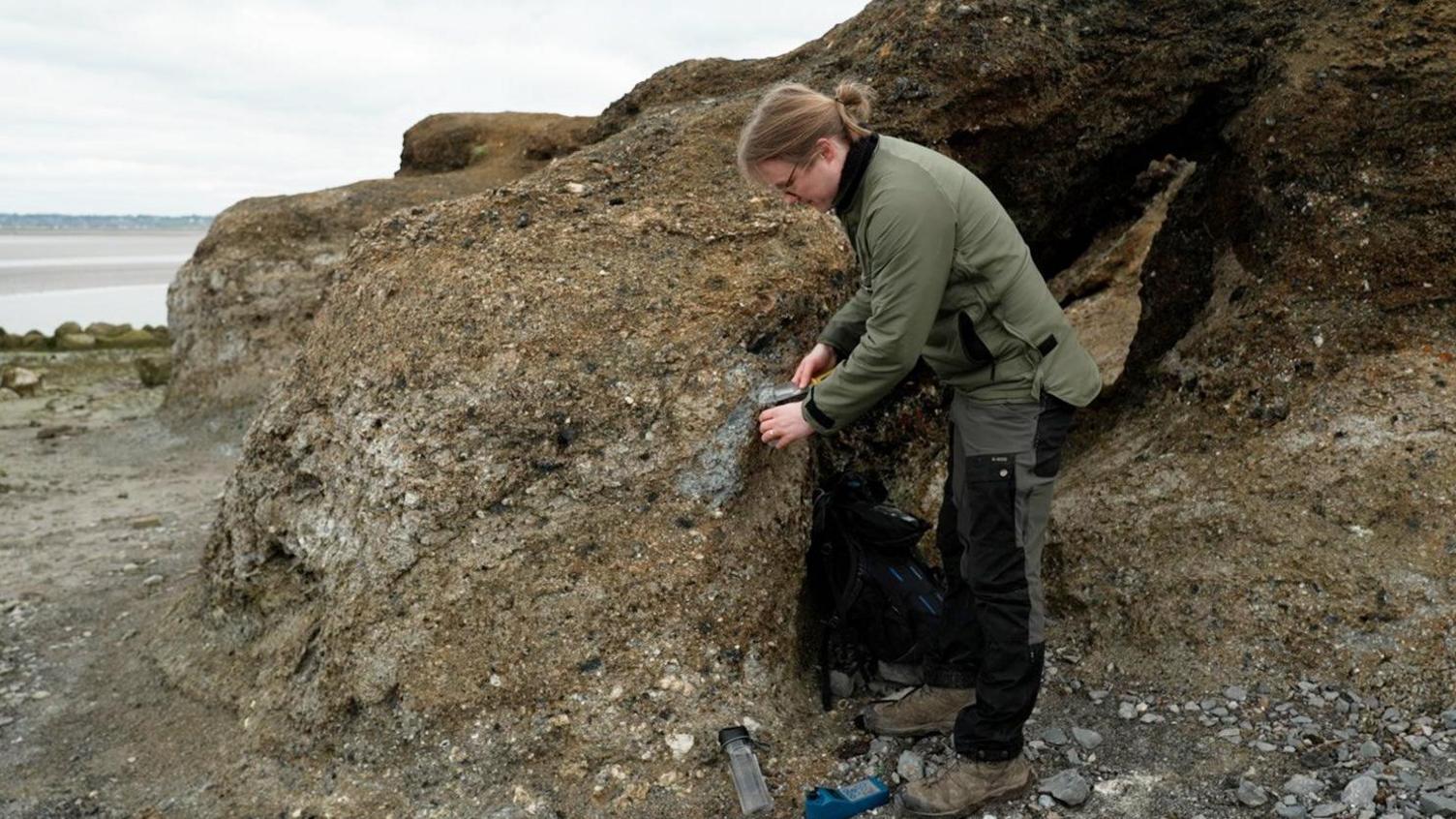
“I think this issue of pollution from landfill sites and coastal landfill sites is probably not so well understood," says Dr Alex Riley
What we do not know yet is much about the effect these coastal landfills are having on wildlife with which they have contact.
“It's unknown,” said Dr Riley, from the University of Hull.
“There are a lot of waste types around [and] different landfill sites. Sometimes these wastes are mixed together. It's a very complex picture and it's difficult to know exactly what the issues and impacts will be from those sites.”
These dunes, made from the grey chemical power, have stood on the estuary for more than 100 years.
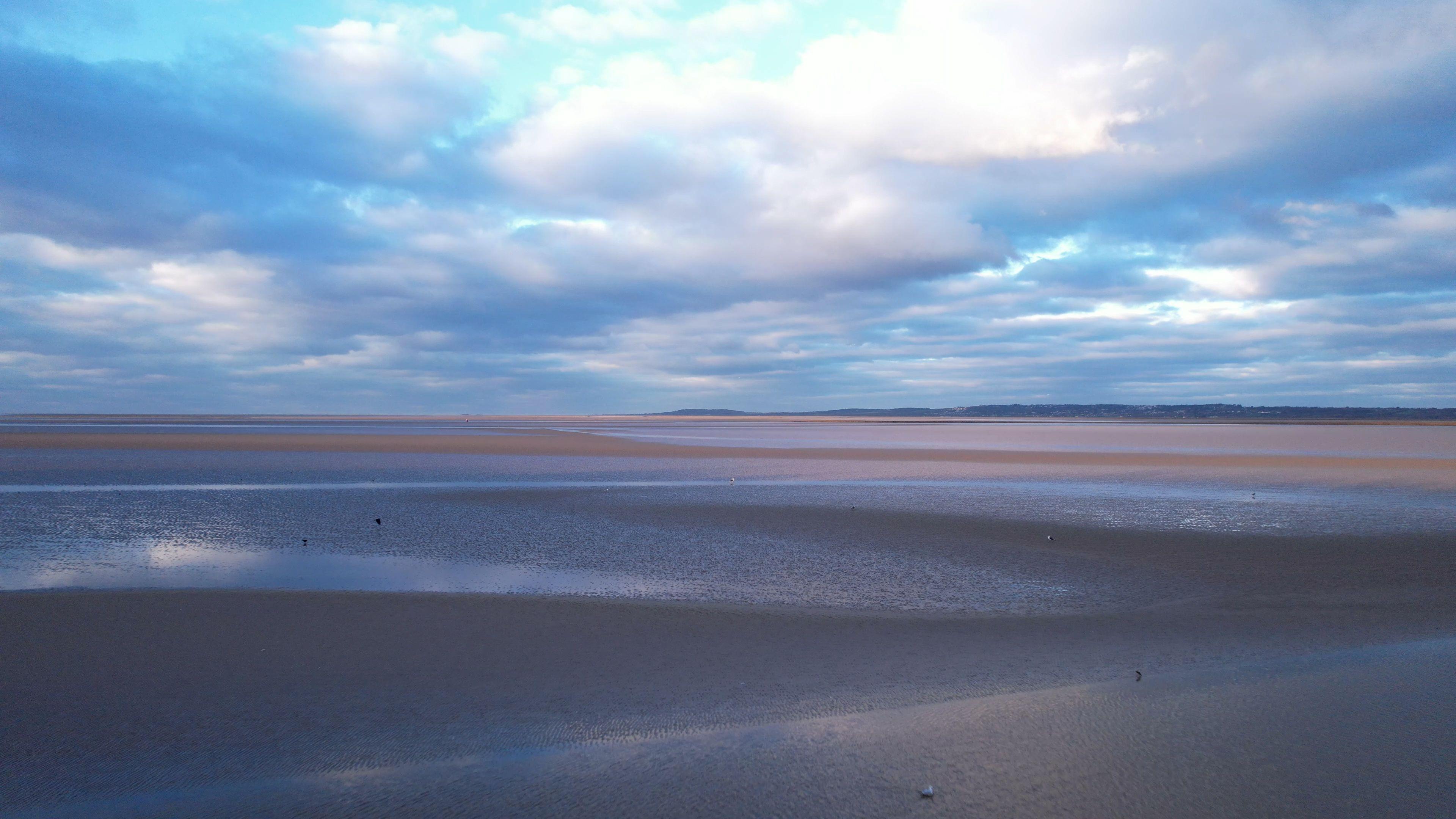
The Dee Estuary has some of the highest concentrations of landfill in Wales
Like many early landfills, there is little record-keeping, but the powder is understood to be waste product from a Victorian factory that once stood nearby.
Flintshire council, which monitors the site, said it had raised the idea with Natural Resources Wales of coastal defences to “prevent further damage”.
Dr Riley said researchers like him were now hoping to raise awareness of legacy waste and its potential impact.
“Thinking about sewage discharges into waterways for example, that's something that's quite high on the public radar at the moment,” explained Dr Riley.
“It's a problem that's affecting the environment right now - and will continue to do so, specifically with climate change.”
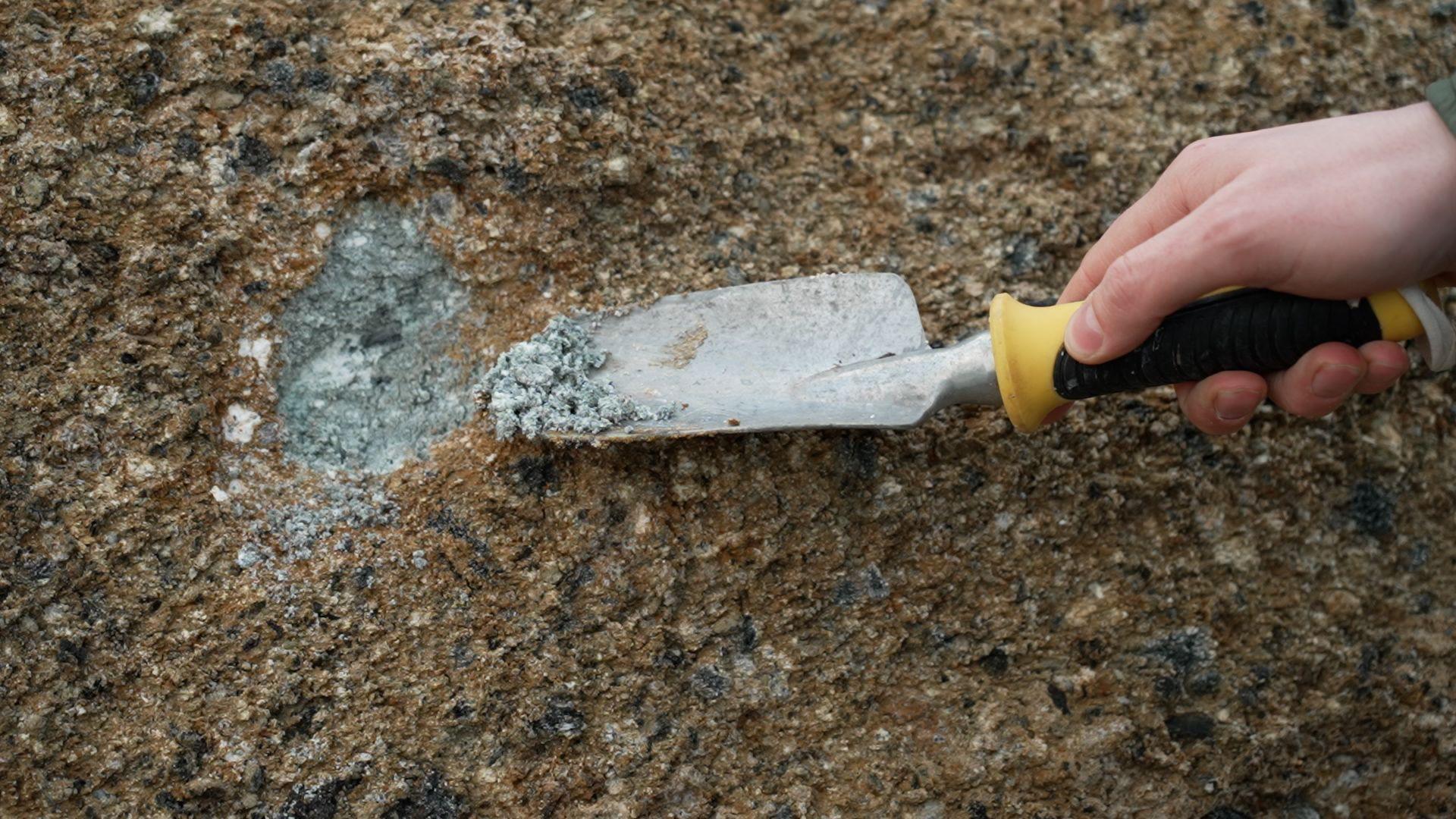
The chemical powder, which has the same pH as bleach, is mixing into the estuary
Dr Riley said household landfill could be quite obvious when it began to erode, with plastic bottles and jars from the 1950s and 1960s easily noticed by people.
However, he said the majority of chemical and industrial waste would not be so clear and urged people to keep a distance and wash their hands if they were ever unsure.
At the more severe end, Dr Riley said compounds like arsenic and lead had “the potential to leech out of these wastes and into the environment”.
Natural Resources Wales has been working to estimate how many sites already pose a risk to the environment.
Last year, NRW engineers found 89% of Welsh landfill sites had the potential to release chemical waste.
Estuaries and reefs were deemed to be most at risk from landfill waste leakage. Caves, mudflats and sandbanks were also deemed higher risk areas.
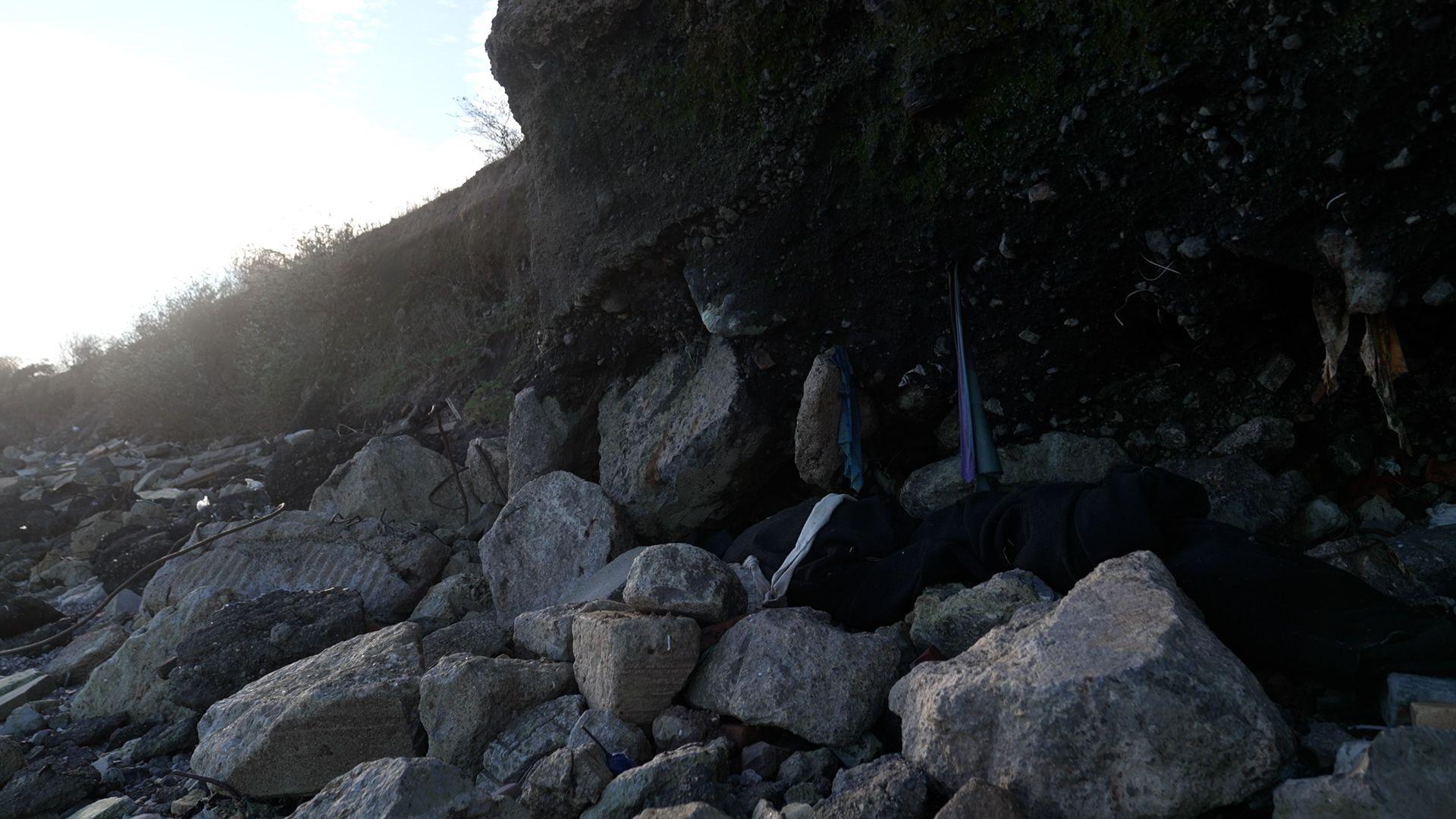
Scientists found most coastal landfill sites had the potential to leak chemicals
Now the scale of the problem is beginning to be uncovered, one problem is establishing who is responsible for it.
“There are over 1,500 landfill sites in Wales, a very small number are still active, and a few are permitted. Most of those 1,500 landfill sites are not permitted at all,” said Mary Lewis, who leads an NRW advisory team on the issue.
“Prior to the 1970s, no records had to be kept. So there was no permitting on landfill sites and no requirement to keep records.”
She that by default, responsibility now fell to the current landowner, no matter how long ago the waste was dumped, but there was little in the way of legislation.
“The stage we’re at is understanding the scale of the problem - and the risk it poses,” she said.
“Climate change really is a very significant factor in the threat posed. We are already seeing increasing extremes weather events, extreme rainfall events - we also know sea level is gradually rising - which means we are seeing an increase in coastal flooding.
“All of that makes the landfill potentially more unstable.”
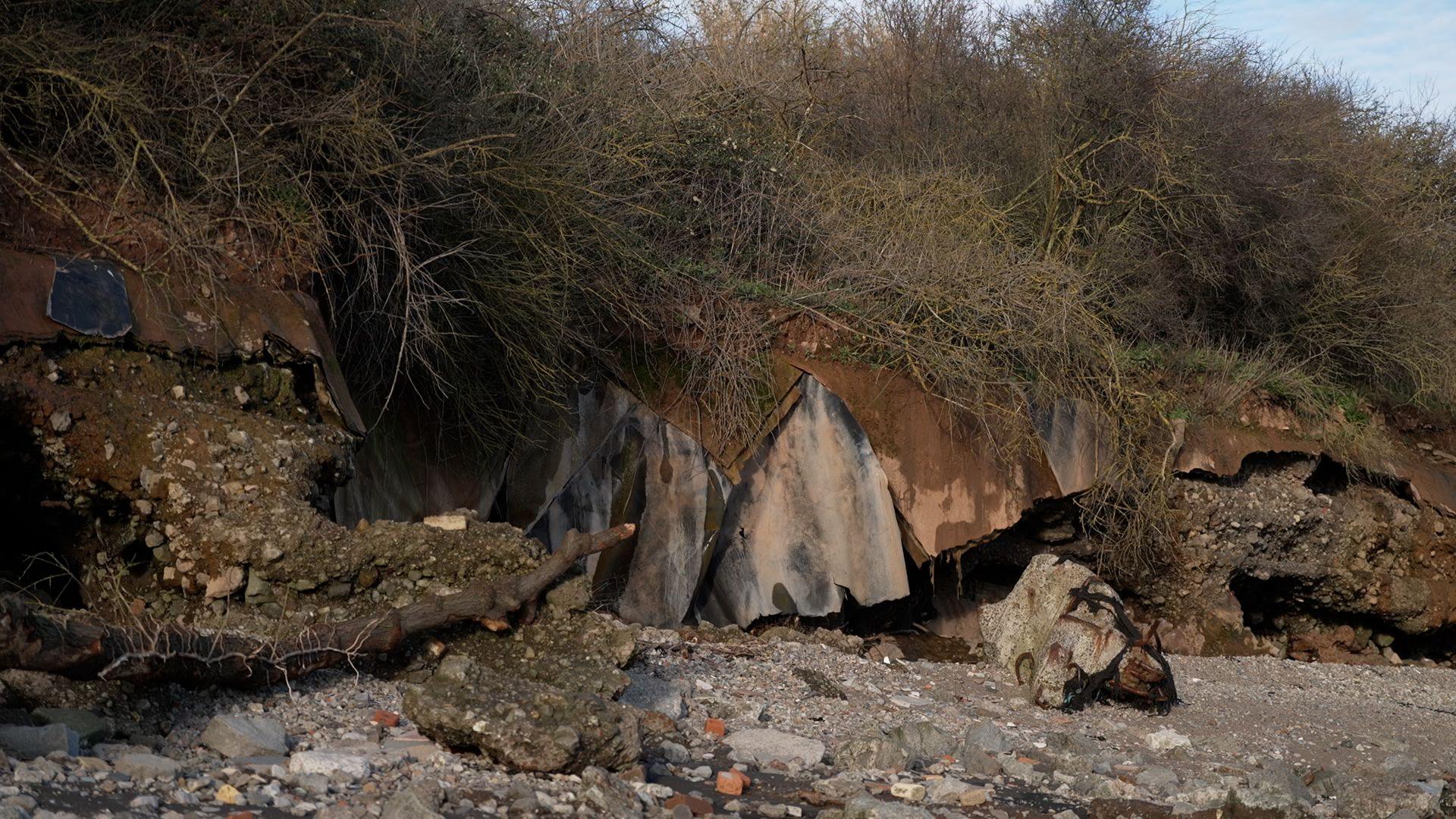
Protective sheets, buried on top of a landfill in Cardiff, are starting to reappear
Ms Lewis's team plan to carry out more research into these sites, if they can secure funding.
In Cardiff, one litter picking group said it had already started to notice signs of Victorian era dumps re-emerging.
“We have found things like old bottles, boots and gin bottles,” said Dave King, who helps coordinate hundreds of volunteers for Cardiff Rivers Group.
“We have a couple of spots like that which we regularly clean up,” he said.
Mr King said at one site his volunteers regularly unearth material failing to degrade, such as “Tip Top ice lolly wrappers that are pre-decimalisation”.
“So that's [buried] before 1971 and it's still in perfect condition,” he said.

Dave King says litter pickers have found gin bottles from Victorian dumps
Dr Riley said trying to move any of the waste would be “very, very expensive”, in part because it may fall foul of current landfill taxes if re-buried, which in Wales could be about £100 per tonne.
“I think the key at this point is just to understand what is there nationally,” said Dr Riley.
“Try to figure out which ones are posing a higher risk and then try to identify sites where we could direct future management efforts.”
The Welsh government said local authorities could be appointed to regulate any sites “identified as causing significant pollution or harm”.
Wales Live is on BBC One Wales at 22:40 BST on Wednesday, and on iPlayer
Related topics
- Published30 June 2023
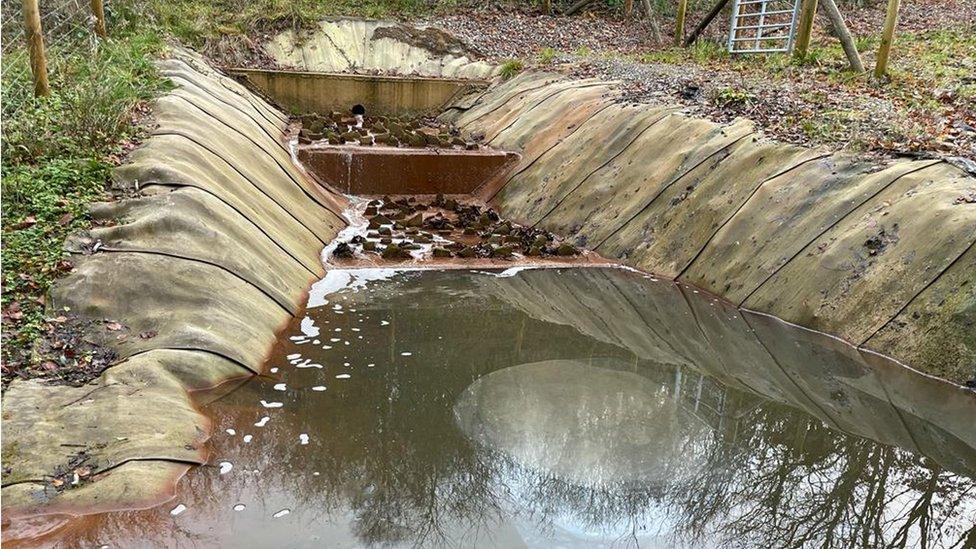
- Published3 April 2021
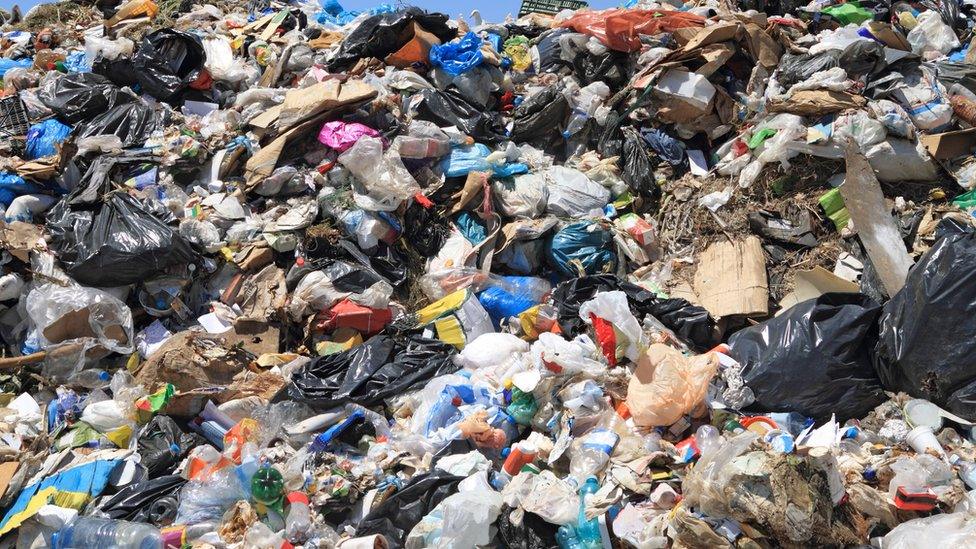
- Published30 April 2024
